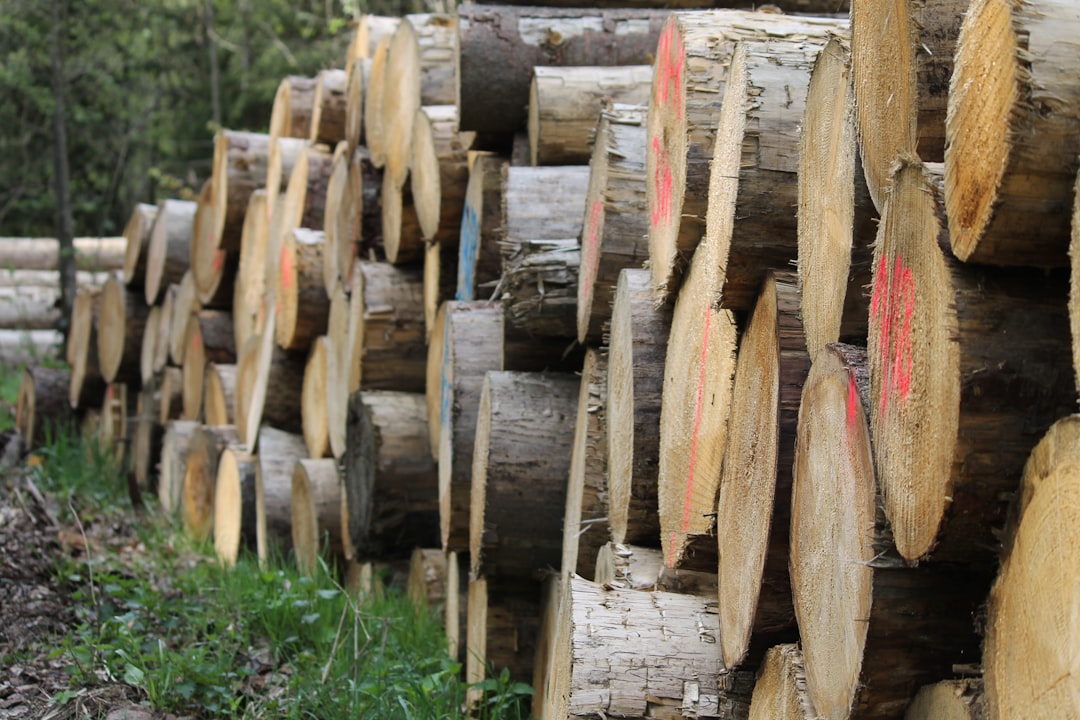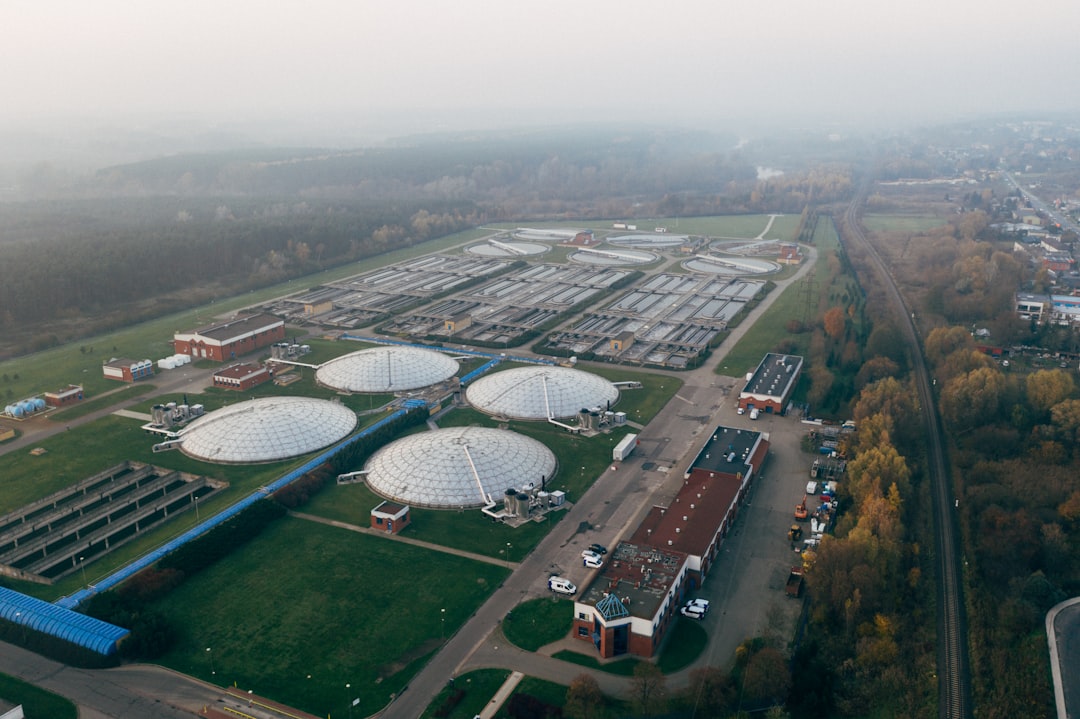What is it about?
A recursive neural network (RNN) was used to predict the melting points of several pyridinium-based ionic liquids (ILs). TheRNNis a neural network model for processing structured data that allows for the direct handling of chemical compounds as labelled rooted ordered trees. It constitutes a direct approach to quantitative structure–property relationship (QSPR) of ILs, which avoids the use of dedicated molecular descriptors. The adopted representation of molecular structures captures significant topological aspects and chemical functionalities for each molecule in a general and flexible way. Particular emphasis was given to the representation of cyclic moieties. The model was applied to a set of 126 pyridinium bromides; it was validated by splitting the dataset into a disjoint training set (100 compounds) and test set (26 compounds). Comparison with the results obtained by other QSPR approaches on the same dataset is also presented.
Featured Image
Why is it important?
This paper is a really first that combines the experience of chemical, pharmaceutics and information scientists to define a new method for predicting ionic liquids properties.
Perspectives
This work was really exciting because it allowed me to come into contact with people from different fields, i.e pharmacy and information departments.
Roberto Solaro
Roberto Solaro
Read the Original
This page is a summary of: Ionic liquids: prediction of their melting points by a recursive neural network model, Green Chemistry, January 2008, Royal Society of Chemistry,
DOI: 10.1039/b708123e.
You can read the full text:
Contributors
The following have contributed to this page










